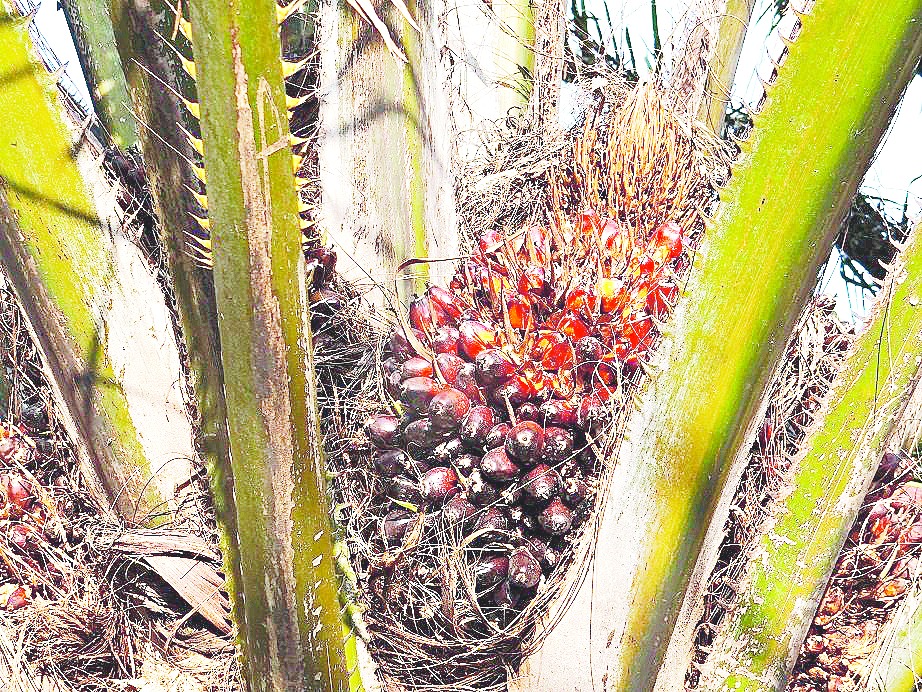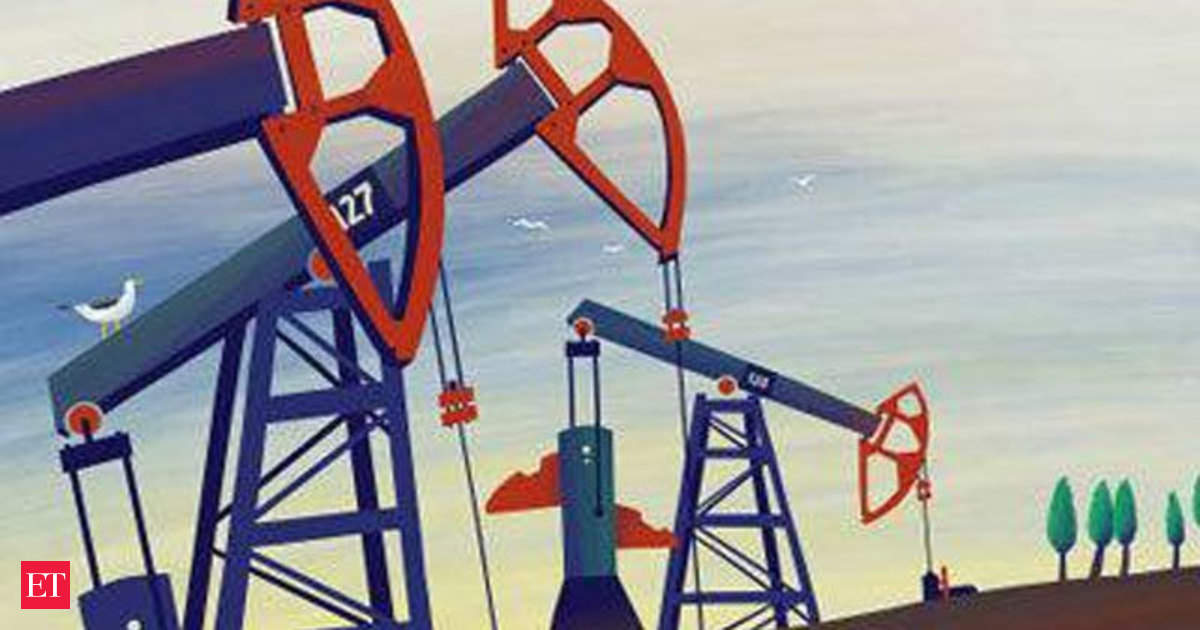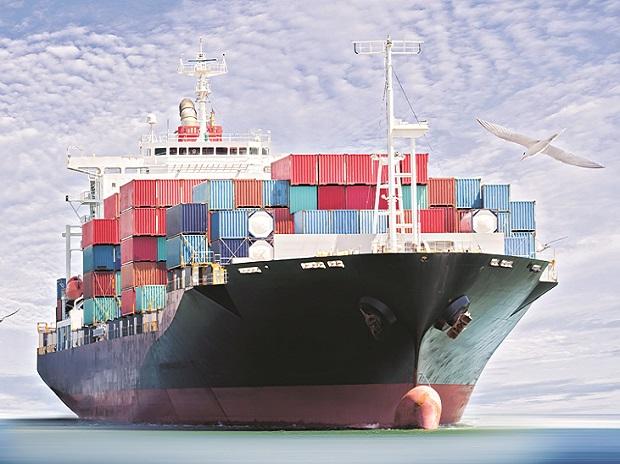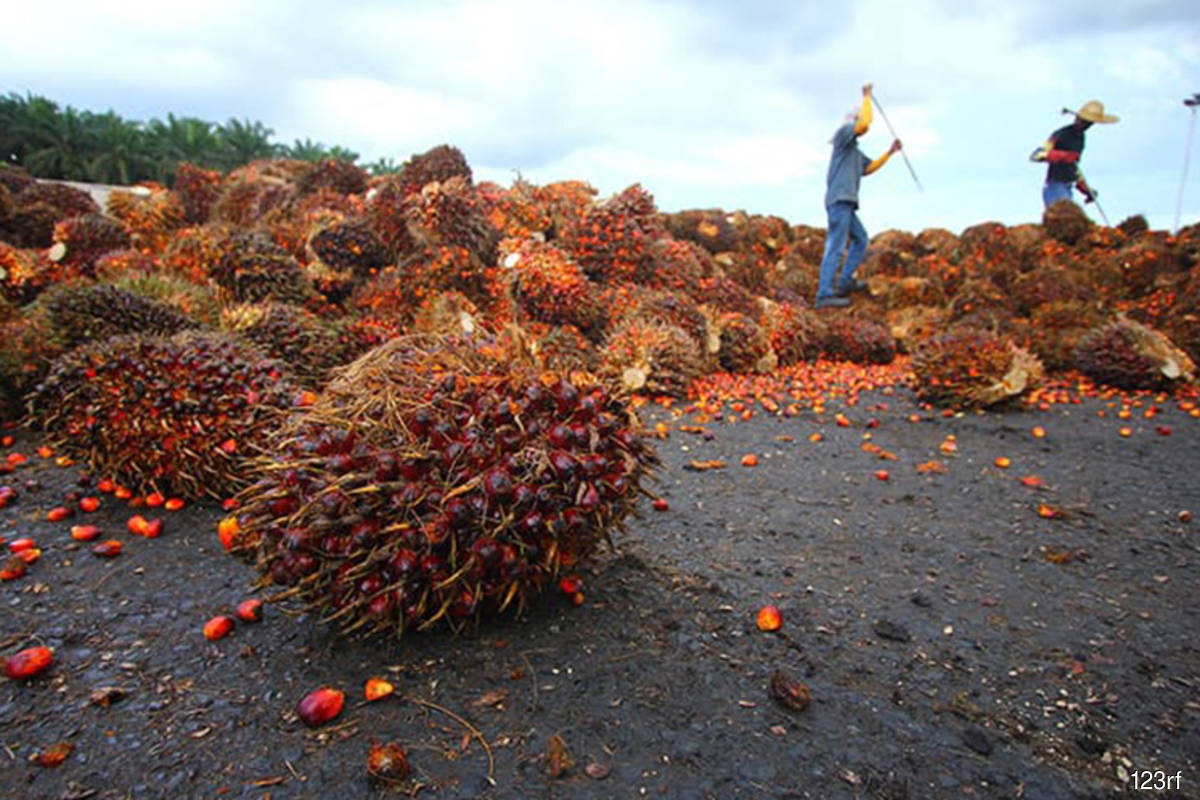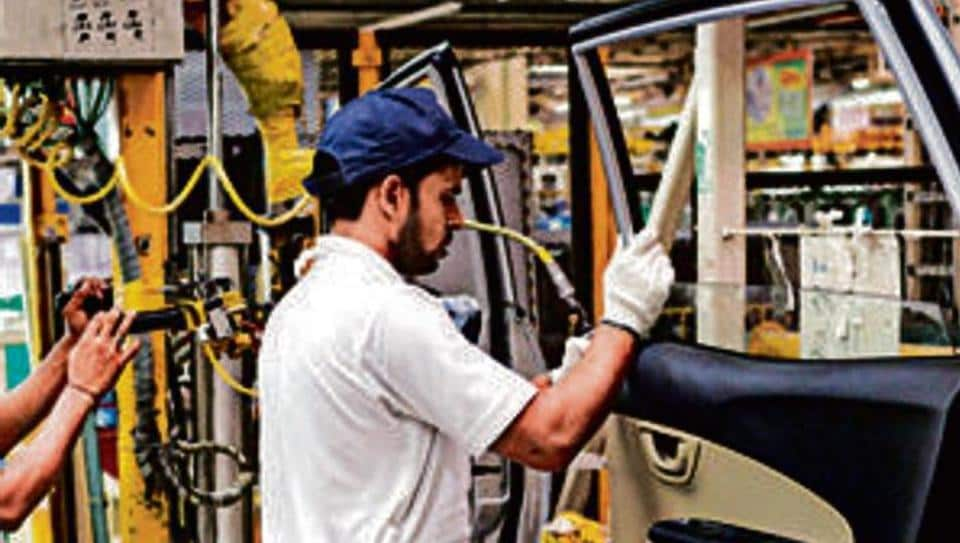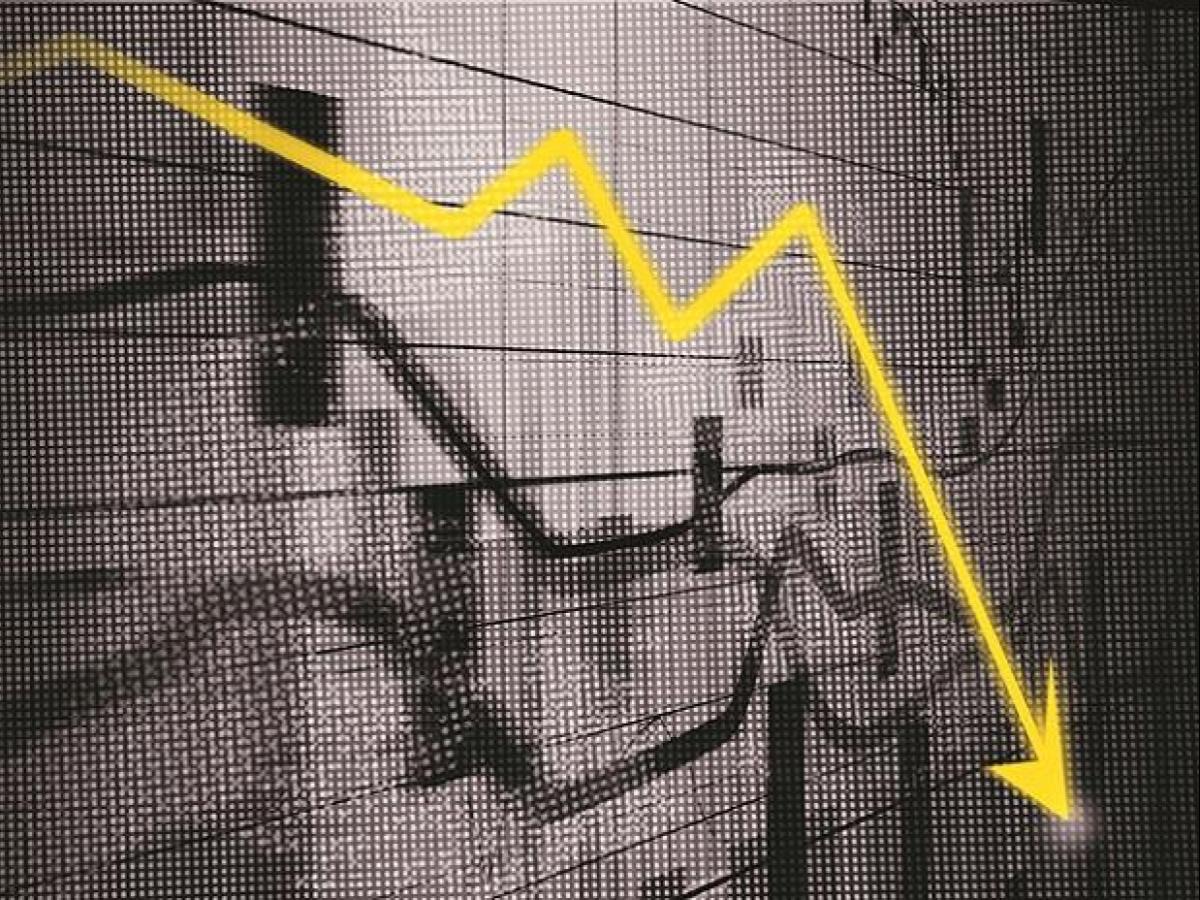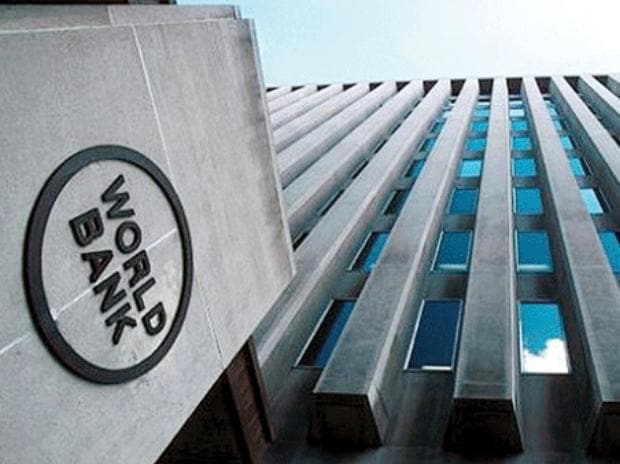https://www.davidmurrin.co.uk/blog-entry/lessons-from-hitlers-4-year-plan-applied-to-china-today
The Past- Hitlers 4 Year Plan
Looking at specific points in history it is always fascinating to imagine how events would have changed if one side of an equation had understood the true intentions of the other side, and thus had been able to modify their response to avert a conflict. One of the prime examples of this situation was the run-up to WW2 from 1936 onwards. This was the critical time in Hilter's expansionary plans, which crystallized with the reoccupation of the demilitarized Rhineland as outlined in my Murrinations
Lessons From French Failures in 1936 Applied-To China Today From that Point onwards Hitler's determination that Germany’s old enemies were weak and would fall to Germany became reality. Thus he commissioned what is known as the Four Year Plan that would end in 1940. This plan would accelerate the rearmament of Germany for war and simultaneously prepare the country for self-sufficiency so it could not be economically strangled as it has been in 1918 by the Royal Navy.
In so doing it would revitalize the German economy and reduce the 30% mass unemployment. The German version of America's new deal also took advantage of low-interest rates to borrow to fund the national expansion. Initially, it was lead by Hjalmar Schacht, who was president of the central bank under Hitler and who then became finance minister in 1936. Schacht was replaced in 1937 by Hermann Goering. Under Goering imports were slashed. Wages and prices were controlled--under penalty of being sent to a concentration camp. While
the state intervention into the economy almost led to full employment, real wages dropped by roughly 25%. Government financing became the predominant investment process, with private securities issued falling
from by over half in 1933-1934 to 10% in 1935-1938. Thus Germany's economy has been transformed into a state-controlled war economy whose main output was weapons. Therein lay the catch, unless they then used those weapons to go to war and expand Germany’s territory and resources by 1940. Germany would have gone bust, just as later happened to the USSR in 1990.
Thus from the moment that Hitler committed Germany to the four-year plan war was inevitable.
If Chamberlin had known there was such a critical economic imperative, there is little doubt that his concept of
peace in our time could never have existed. Instead, Britain might have accelerated her war preparations along with France and in so doing could have deterred German aggression, if not repelled it at the border in the summer of 1940.
The Present-Chinas Five Year Plan
Looking at China today, it has similar expansionary energy related to the second phase of the empire cycle, as did the second and third Reich. It is also in a similar state of economic contraction as was Germany in the post-1929 crash. Yet I do not expect a regime change as the CCP is firmly in control. The pandemic has accelerated the shift from a manufacturing export-driven economy to one that like the Third Reich that will become more self-contained. With manufacturing refocussing on the Chinese consumer and less on exports to the West as the wall comes down. The obvious consumption gap will be compensated for by the initiation of a Chinese five-year plan that will seek to use surplus manufacturing capability to fuel an arms race, preparing China for a global war by 2025.
As part of this process, I expect to see the Yuan appreciate considerably as a reflection of the relative power of China versus America. Whilst America will be happy to weaken its currency to stimulate exports and its manufacturing as its fills the void created as the Chinese are inhibited from selling into the West. Simultaneously the Chinese will be happy to increase their currency's buying power to acquire raw materials for its economy. Internally I would expect the CCP to do all it can to reinflate the housing bubble as this is the main store of value for households in China (real estate represents 75% of household wealth in China compared to 28% in the US). Without external investment, China will, just like The Third Reich did, become a militarised state-controlled economy.
If there is one lesson that history teaches about similar periods at this stage of the empire cycle as China is now in, is that the greater the internal economic pressures the higher the probability of aggressive expansionary behaviour to solve the problem. Japan in 1931 is an excellent example. Like Germany the depression in Japan was so severe that the country went bust—i.e., it was forced to abandon the gold standard and float its currency, which then depreciated so much that Japan ran out of buying power. The terrible economic conditions and large wealth gaps led to fighting between the left and the right. Which by 1932 had resulted in a massive upsurge in right-wing nationalism and militarism to forcefully restore order and bring back economic stability. This only reinforced that path which started the empire's expansion in 1931 with the invasion of Manchuria to acquire natural resources (e.g., oil, iron, coal, and rubber) and human resources (i.e., slave labor to fuel their expansion.)
If Chamberlin were alive today what would he advise western leaders to do?
The lessons from history are very clear concerning China. It is now on its own five-year plan, that like Germany's will force it to then use its military power to go to war, to expand and pay back its five-year investment. With such internal dynamics in play western politicians need to understand that the only way to deter what is now almost an inevitable WW3 is to match China in the current arms race, to deter any aggression and to simultaneously constrict China’s natural resource chains as soon as possible to limit its growth. Before it has the military capability to run up its resource chains and protect them.
https://www.davidmurrin.co.uk/blog-entry/our-brave-new-multi-polar-world
OUR BRAVE NEW MULTI-POLAR WORLD?
At the turn of the twenty-first century, the notion that within a decade the seemingly indomitable power of the US and Western Capitalist democracy will be in decline would have been unthinkable throughout most of the world. However, the power shift from the West to the East is now only too apparent, and the indications are clear for those who choose to see them that the rate of this massive geopolitical shift will now only accelerate and its consequences exceed anything most people can perceive. Yet being able to entertain a vision of this future is not enough; we also need an insight into its mechanisms
In the section The Book Of The Future within Breaking The Code Of history I considered not only what can happen but also how it might happen. Using an understanding of the principles of the empire cycle, we might choose to navigate the rough waters of our unconscious collective behaviour in order to arrive at a new geopolitical paradigm.
Imagine, if you will, two tectonic plates of enormous scale that have, over centuries, built up tremendous forces at their interstices. They appear immobilised and inert until, without warning, all of that pent-up energy is released in less than a minute. The result, of course, would be an immensely destructive earthquake. Such tectonic stresses are analogous to geopolitical tensions, and since 2000 we have been witness to the greatest build-up of such tensions in history – not merely between empires but, for the first time, between the world’s first two super-empires: the declining Western Christian Super-Empire (WCSE) and the burgeoning Asian Super Empire (ASE).
Given the six geopolitical drivers that were discussed in The Book Of The Present – multipolarity, commodities, polarisation, global military balance, disease and climate change – as the West-to-East transition unfolds, I believe that it is inevitable that, unless addressed, the geopolitical tensions caused by Chinese expansion and the competition for resources will bring the world to a third global war. This will happen not at some indefinable date in the future but by 2025, as the current commodity cycle reaches its peak. Indeed, in many ways, the second decade of the twenty-first century bears an uncanny resemblance to the ten years preceding World War Two. The question is, faced with such a potentially disastrous future, what steps can be taken to change the patterns of human behaviour to prevent the occurrence of another world war?
This is an extract from Breaking the Code of History- The Book Of The Future Published in 2009
that what has happened with our Vegetables oil sectors.
maybe mizoram comes close second..
